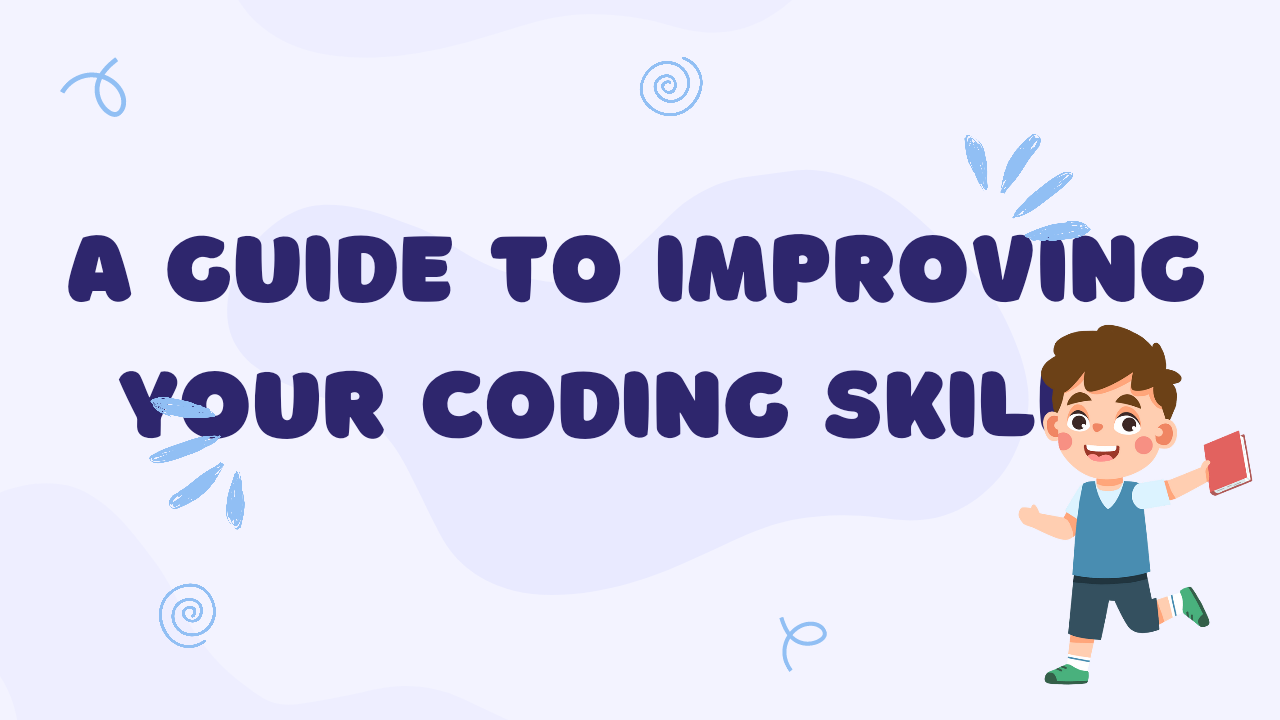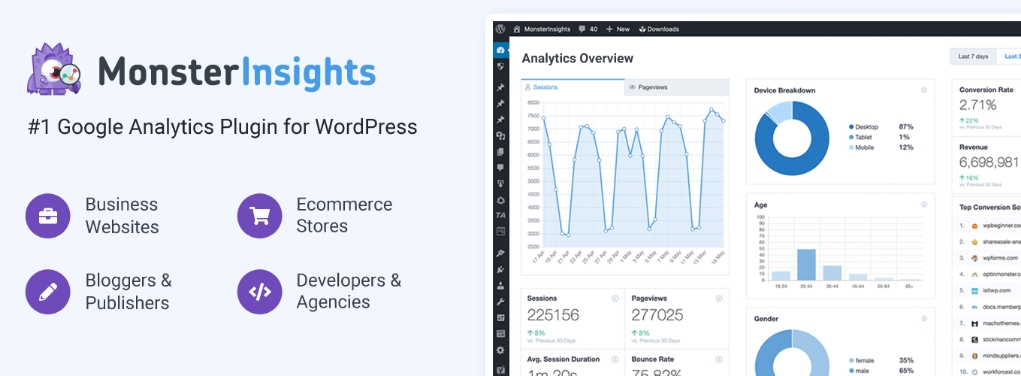React has transformed how we build user interfaces with its simple yet powerful component model. However, as your React app grows in scale and complexity, you need to be extra careful not to accidentally break it in production. An error that slips through or a bad deploy can bring down your React app causing angry users and loss of revenue.
In this post, we explore battle-tested strategies that will help you keep production breakages at bay as your app and team scales.
1. Extensive Testing Coverage
The key to minimizing production bugs starts with having good test coverage in place. Testing serves as your safety harness allowing refactors and changes safely without worrying about unintended side effects.
For React applications, you need a combination of different types of tests.
Unit Tests: Isolate and test individual components with different props and state. Should cover all reusable components including Redux reducers and action creators. Use React Testing Library and Jest as standard choices.
Integration Tests: Test the correct wiring between connected components. Also test key user flows involving navigation between routes, data fetching etc.
End-to-End (E2E) Tests: Mimic actual usage by controlling a real browser with tools like Selenium and Cypress. Safeguard critical money-making user journeys.
Having baseline coverage with unit and integration tests gives you safety for ongoing work. E2E tests are expensive to run so use for critical happy paths before releases.
No amount of testing makes you bulletproof. But comprehensive automated testing reduces chances of untouched areas harboring bugs.
2. Strict Code Reviews
Unless you are working solo, every code change submitted by a team member should go through code review by a peer.
Code reviews greatly reduce gaps in testing or errors that would have otherwise ended up silently in production after a while.
Peer reviews allow catching issues like:
- Security loopholes
- Edge case handling
- Invalid assumptions
- Compatibility issues
- Sub-optimal implementations
- Poor error handling
...among a whole host of other problems.
Use checklists tailored to your stack for reviewers. For example common React gotchas, performance pitfalls, issues with state management etc. Enforce mandatory checks before approving merges.
Code reviews might slow down development initially but save tons of time wasted in troubleshooting tricky production issues. Reviews also help knowledge sharing across the team and upholding coding standards.
READ ALSO:
3. Continuous Integration
Continuous integration (CI) helps automate parts of your testing and build process through services like Travis CI and Circle CI.
Though CI varies based on needs, typically it:
- Runs your test suites against every commit and pull request
- Builds and packages your app
- Scans source code for errors, security issues etc.
- Pushes artifacts to different environments like staging
Failing any of these checks blocks bad code from getting merged.
With CI in place, you can move fast while being confident any changes that pass tests make it to staging or pre-production. This reduces the chance of broken changes directly hitting production.
Use CI for running more expensive tests like e2e suites across browsers before deployments.
READ ALSO:
4. Staged Rollouts
Big Bang releases — directly pushing latest changes to production all at once is super risky.
Instead, gradually rollout updates to a smaller percentage of users first. Analyze metrics to catch any regressions compared to the earlier version and roll back if necessary before majority get affected. Only after metrics look healthy, rollout fully.
Feature flags here help ship in-progress features to production behind flags and only expose to users after sufficient testing. This ensures half-baked work doesn’t break experiences even before it’s ready.
Using managed services like LaunchDarkly or open source options you can toggle functionality and control exposure during testing. This way new changes become available to customers without directly replacing older versions. Gradual rollouts via flags minimize risk and interruptions.
Additionally, tools like CodePush also now allow instantly pushing JS/CSS fixes to user devices without needing a full app update.
5. Observability in Production
Irrespective of measures taken earlier, issues can and do escape into production. From network blips to bad user input.
The last piece of puzzle is having production monitoring and logging done right to detect errors early through alerts.
Integrate error monitoring tools like Sentry.io or Bugsnag into your apps. Track errors throwing up in production via comprehensive dashboards. They elegantly combine related events into issues for diagnosis.
READ ALSO:
In addition to exceptions, also monitor key business metrics. Set up performance monitoring using New Relic or AppSignal to get insight into bottlenecks. Activity like page load times, API response times, failure rates etc. give visibility into health.
Use services like LogRocket or LogDNA to search, aggregate and visualize application logs. Structured logging using transports like Winston also help here.
Set up alerts around critical metrics crossing thresholds signaling potential problems. Integrate with communication channels your team uses.
Having sufficient visibility and alerts ensures your team can respond quickly to mitigate impact of problems slipped through the cracks.
Conclusion
As a React app evolves rapidly, parts of code you haven’t touched in months can suddenly break due to external changes. Following strategies outlined in this post will go a long way in preventing unexpected surprises in production.
The key takeaway is relentlessly cultivating a quality-focused engineering culture. Safety checks integrated at every step through tools and peer reviews drastically lowers chances for nasty production bugs. And production telemetry ensures you can respond quickly.
What has your experience been like managing React apps in production? What strategies worked or failed? Please share your lessons learned!






